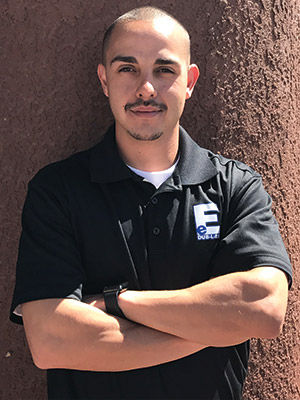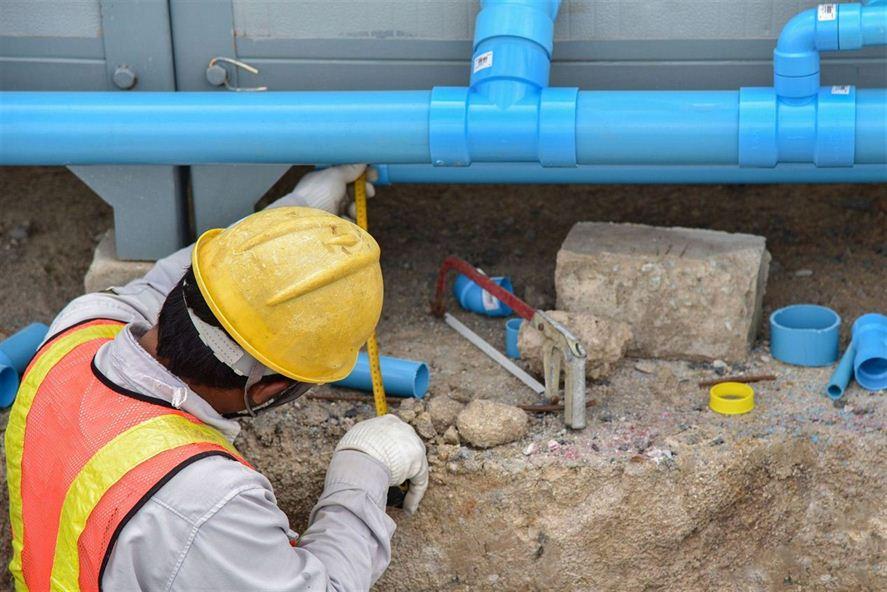Back in the day, a leaking sewer line often led to a whole slew of logistical problems. Sewer lines are underground, of course, and repairing them used to mean digging massive trenches near and on public roads. These trenches led to traffic being diverted – typically at the cost of the homeowner. Old trench pipe repairs could cost tens of thousands of dollars.
There are a variety of new methods for repairing sewer pipes without having to replace them entirely. These methods are known as pipe relining – instead of repairing the damage, a new liner is used to reinforce the pipe.
You don’t have to reline your sewer pipes, but pipe relining is generally a lot more cost effective. The liners used can last decades – some methods have an expected lifespan of over 100 years. There are four commonly used methods of pipe relining. The one that will suit you best depends on the level of damage your pipe has sustained.
Pipe Bursting
Pipe bursting is the preferred method for pipes that have sustained heavy damage. Two pits are dug in order to give installers access to the pipe – that means bursting isn’t a truly “trenchless” method, but the pits are much smaller than they would be in traditional sewer repair. A bursting head is sent through the pipe; it breaks the old pipe apart while dragging new piping behind it.
Internal Pipe Coating
Internal pipe coating is an excellent method for rehabilitating pipes with numerous hairline cracks, pinholes, and other small fissures that can lead to liquid leaks from the pipe to your soil. Access points are created to the sections of pipe that need to be repaired. Those pipes are drained, dried, and blasted with grit to remove debris. An epoxy mixture then fills the pipes, reaching every crack and crevice. That mixture then cures, becoming a new lining that lasts for 30-50 years.
Pull-In-Place
The pull-in-place method is used for sections of piping with large cracks. The liner is pulled into position by a rope or wire that’s been strung through the pipe. It’s lined with resin, then inflated so that it’s flush with the piping. Once the resin is cured, you’re good to go.
Cured-In-Place
Cured-in-place piping (CIPP) is one of the most exciting relining methods available. Practically, it’s similar to pull-in-place; a liner lined with resin is inserted into the piping and expanded so that it cures flush with the existing pipe wall. The difference is the method of installation – instead of pulling the liner through, it’s forced through using water or air pressure, and sometimes inverted. This method is often completely trenchless and requires only one access point.
Sewer relining is just one of the many Albuquerque plumbing services we have to offer. We use Perma-Liner, a made-in-the-USA CIPP product, because their high standards of quality meet ours.

Eddie has been a resident of Albuquerque his entire life.
After he graduated from high school, Eddie joined the Plumbers & Pipefitters Union where he obtained his Journeyman Plumber and Journeyman Gas Certifications. He then worked in the commercial plumbing industry for 7 years until he and his father decided to go into business together and started Dub-L-EE, LLC.
In the last 7 years Eddie has obtained his GA02, GA03, and MM98 certifications allowing Dub-L-EE to fully utilize Eddie Sr. and Eddie Jr.’s expertise in the construction industry.

